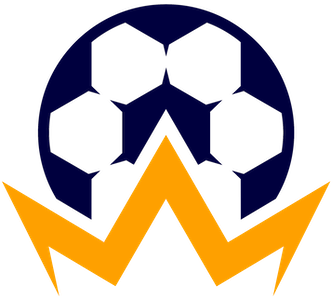The recent news coming from Arsenal regarding Kai Havertz’s hamstring injury has sent shockwaves through the club’s fanbase and management. Confirmed during their midseason training camp in Dubai, this significant injury has ruled him out for the remainder of the season. The situation is compounded by the fact that as Arsenal navigates the crucial stages of the campaign, they are now deprived of a key player who, until this moment, had been pivotal in their attacking strategy.
Mikel Arteta’s side has already been straining against the loss of Gabriel Jesus, whose knee surgery sidelined him earlier in the season. With both of these players out for the foreseeable future, the team’s attacking options appear alarmingly limited. Havertz’s contributions have been invaluable; throughout this campaign, he has made 34 appearances and scored 15 goals, thereby positioning himself as the team’s leading scorer. The loss of such a prolific player will undoubtedly affect not only the team’s morale but also their capacity to convert opportunities into goals.
The timing of Havertz’s injury raises questions about Arsenal’s transfer strategy, especially concerning their decision to not sign a striker during the January transfer window. Arteta has openly expressed the club’s struggle in the attacking third and has voiced disappointment over missed opportunities to strengthen the squad. The refusal to pursue a deal for Aston Villa’s Ollie Watkins, despite an approximate £40 million bid being rejected, could become a point of contention as the season progresses. The absence of significant reinforcements could leave the Gunners vulnerable in their upcoming fixtures.
Arsenal has acknowledged that Havertz will undergo surgery shortly, which is a standard procedure for serious injuries of this nature. Following surgery, he will enter a recovery and rehabilitation program expected to extend into preseason preparations for the next season. This calculated approach underscores Arsenal’s commitment to not only restoring Havertz’s fitness but also ensuring that he returns stronger than before. The statement from Arsenal, promising full support for Havertz during his recovery, highlights the club’s focus on player welfare.
While Havertz’s injury is undoubtedly a setback, there are glimmers of hope on the horizon. Bukayo Saka’s return to light training offers a potential boost to the squad. His prior absence due to a hamstring injury has dealt a heavy blow to Arsenal’s forward momentum, but his gradual recovery could reinvigorate the team’s dynamics. As Saka edges closer to his comeback, he may become a crucial asset in mitigating the impact of other injuries.
Arsenal finds itself at a critical juncture. The dual injuries to key players have created a cascading effect on their championship aspirations. As the club navigates this challenging phase, it will need to extract the best from its remaining personnel while reassessing its strategy in the pursuit of goals and, ultimately, success.


Leave a Reply